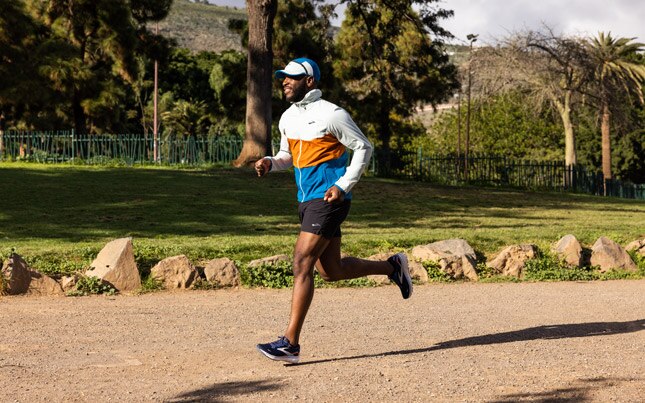How to prevent running injuries, no matter your experience

Running is one of the best things you can do to keep your body strong and working its best. But it can also lead to injury if you're not careful. Have no fear, though, we've got you covered with some tips.
About half of regular runners encounter a running injury each year. Most often, they are "overuse injuries" and include wear-and-tear problems like shin splints, stress fractures, IT band syndrome, and runner's knee.
That's no fault of running. Rather, there are a few common missteps behind the majority of running injuries. Learning how to prevent running injuries comes down to identifying the most common training mistakes and sidestepping them along the way.
Here's how to help prevent running injuries down the road.
Warm up and cool down
Ah, the two most commonly skipped parts of any running workout: the warmup and the cooldown. But when it comes to preventing running injuries, they're absolutely vital.
Working cold, tight muscles can increase your risk of straining or pulling something — not to mention running with poor, injury-causing form. However, doing dynamic stretches like squats, lunges, and leg swings before your workouts can increase blood flow to your muscles and connective tissues to get them nice and pliable.
Meanwhile, cooling down with some gentle cardio and stretching can help jumpstart the exercise recovery process.
Increase your speed and distance gradually
Pushing too hard too fast is probably the number one reason runners get injured.
When you pick up a running habit, your cardio improves faster than your muscles, connective tissues, and even bones become structurally stronger. So if you focus too hard on pushing your cardio, you can wind up over-stressing your musculoskeletal system.
Shin splints, plantar fasciitis, and stress fractures (tiny breaks, often in your feet) are among the most common injuries that flare up when you push too fast.
Most experts recommend increasing your total distance and running pace by no more than 10% each week. For example, if you run a kilometer this week, cap next week at 1.1 kilometer.

Mix in strength training
With time and practice, running strengthens the front and back of your hips and legs. But it doesn't do much for the sides of your body. Over time, that can spell muscle imbalances and running injuries.
Runner's knee and IT band pain, for instance, commonly happen when the sides of your hips aren't strong enough to keep your lower body stabilized.
Strength training — focusing on stabilizing muscles like the side glutes — can do a lot to help correct muscle imbalances. Make sure to do some lateral moves like side squats and lunges, lateral band walks, and clamshells every week.
Allow yourself to recover
Your body doesn't become stronger during your workouts, it does so after your workouts as it recovers. If you don't give yourself enough rest time between runs, you can risk over-stressing your body.
Schedule at least two active recovery days per week to focus on restorative activities like yoga, foam rolling, and stretching, and avoid any hard running workouts on days you're feeling sore.
Listen to your body
Preventing running injuries is always preferable to having to rehab injuries after the fact. But if you do encounter some running-related aches and pains, that's your body telling you something about your training needs to change. Take a look at your warmups, cooldowns, weekly running load, as well as strength training and recovery strategies to see what you might need to tweak. Make adjustments as needed, and listen to your body for feedback — it's usually right!
Our writer's advice is intended for informational or general educational purposes only. We always encourage you to speak with your physician or healthcare provider before making any adjustments to your running, nutrition, or fitness routines.

